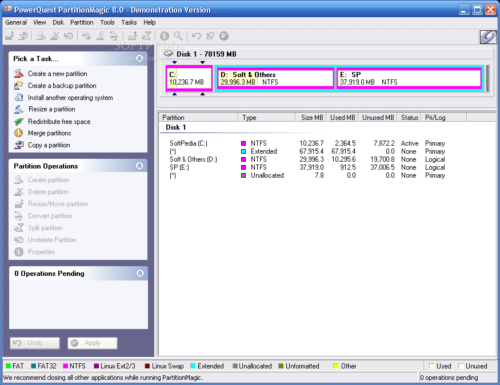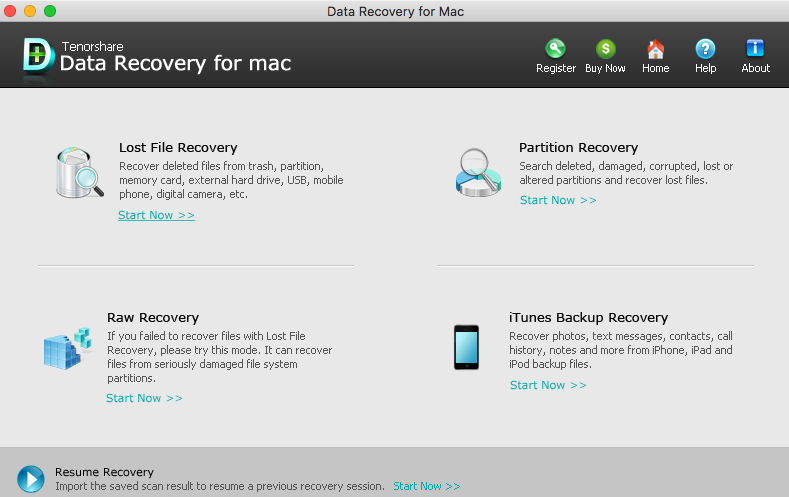

Apple discontinued showing Recovery partitions with APFS startup volumes.

The boot process shows available startup volumes as well as each Recovery partition with its macOS version.

Option key at startup (Intel, HFS+): With Intel Macs using HFS+ (not APFS) for the startup volume, you can restart and hold the Option key down to see one or more Recovery partitions.If you don’t see a partition with that name in a disk’s listing, there’s none installed. You’ll see Recovery listed as a separate line item within the list of all partitions for each disk that contains it. At the Terminal command line ( Applications > Utilities > Terminal), enter diskutil list and press Return to see a list of all partitions on all drives. From the Terminal: The easiest method is while logged into macOS.You can find out whether the Recovery partition is installed in several ways:


 0 kommentar(er)
0 kommentar(er)
